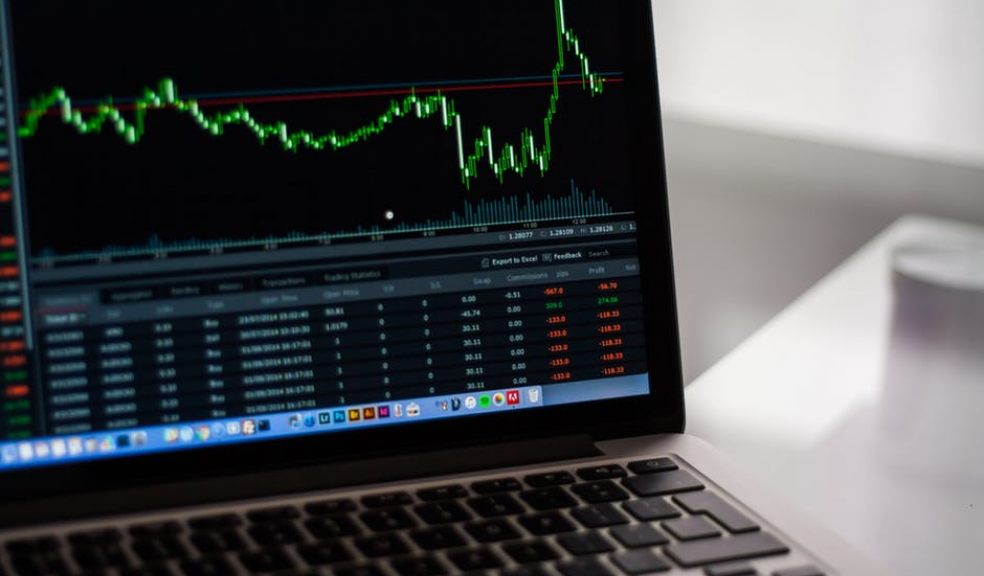
Trading risk and how to manage it
Trading can be a great way to increase your income and for those who can master the intricacies of the trading art, there are considerable rewards to be won.
But trading also comes with a great deal of risk. And with numerous factors, including disruptive technology, global instability and political upheaval, affecting the markets in recent years, there seems to be more uncertainty – and more risk – than ever.
To an extent, you can minimise the risk by keeping up to date with the latest strategies and remaining abreast of the most insightful trading industry analysis. Risk comes with the territory, but there are ways that you can minimise your exposure and avoid big losses as you perfect your strategies. Here is a brief guide to controlling risk in uncertain times.
Maintain perspective
It can be frustrating and worrying when the stock market takes a downturn, but in the long term, the US market has always been able to bounce back from declines and setbacks. During the last three years, the market has suffered drops numerous times. It happened after the Chinese currency devaluation of 2015, three times in 2016, following a drop in oil price, the Brexit vote, and the US Presidential Election, and again this year after speculation over trade tariffs. Yet over the whole period, the market rose by around 30 %.
Those facts underline the importance of focusing on the longer term. It may seem counter-intuitive, but the worst thing you can do during times of global uncertainty is to change your strategy and try to react to everything. By steering a straight course, you can ride out financial storms and keep your risk levels to a minimum.
Don’t time the market
It may seem that at a time of volatility, there is money to be made by moving in and out of the market, timing your trades to take advantage of fluctuations. Unfortunately, it is almost impossible to predict how the market is going to move, and even a few wrong moves can expose you to serious risk. In uncertain times, buying stocks and holding them for a length of time can be a less risky proposition than trying to time the market.
Invest through volatility
If you base your strategy on making regular investments over months and years, then you will be less exposed to short-term fluctuations. Continuing to invest during downturns won’t guarantee you a profit, but it can end up being profitable as the stocks you are buying will be undervalued. In case you are in doubt about the value of this strategy, you should remember that one of the most impressive five-year periods of stock market growth began in 1932 – at the height of the Great Depression. Take a disciplined approach to making your investments and don’t change your strategy simply because the market goes up or down.
Avoid over-exposure
One of the fundamentals of trading is never to over-expose your capital. Essentially, money that you can’t afford to lose should never be used for investments. That seems like an obvious rule, but it is one that is broken frequently, either because traders are trying to push too hard for profit, or because they are chasing losses from a bad day’s trading. While taking care over your investments and doing your homework are all important, nothing can expose you to more risk than becoming over-committed. Stay disciplined and don’t overreach yourself.
Are you comfortable with your trades?
That may seem like a strange question to ask yourself, but it is a useful way of assessing whether your level of risk is appropriate. If you find yourself feeling nervous or anxious when the market moves in one direction or the other, then you are exposed to too much risk. Even if your goals require a relatively aggressive approach, your strategy has to be able to get you through short term ups and downs without causing panic. If you think you may be exposed to too much risk, then re-evaluate and adjust your portfolio.
Conclusion
At a time of financial uncertainty, it can be tempting to attempt to micromanage risk by reacting to every fluctuation, but that can often be counter-productive. The best method to manage risk is to have a strong fundamental strategy and a sound plan. By keeping your perspective, retaining your discipline and planning for every eventuality, you can move steadily towards your goal, while minimising risk.

















